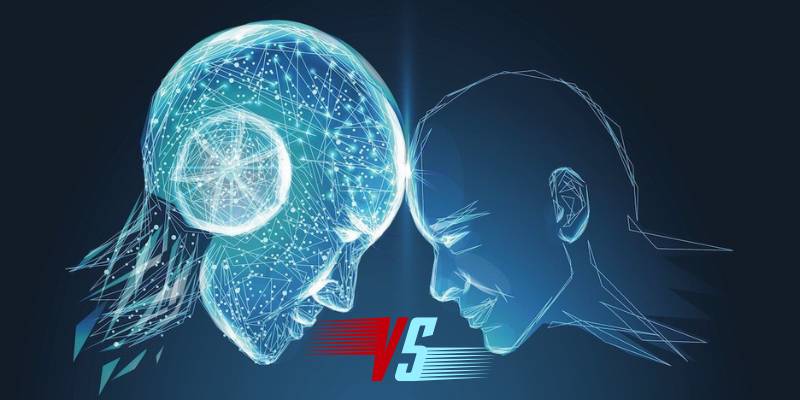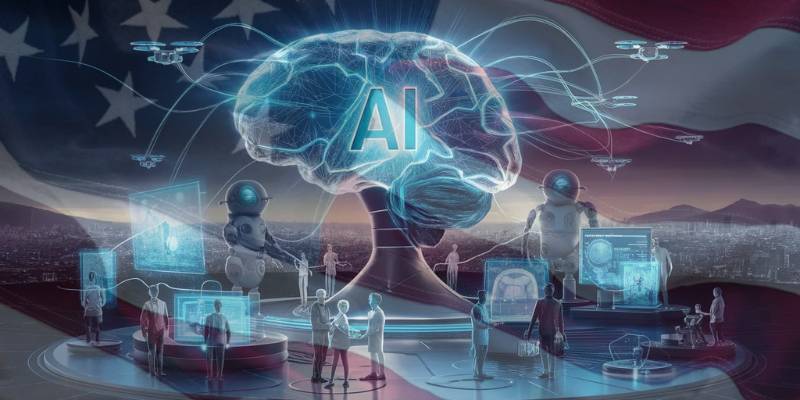The wave of AI-led layoffs has hit harder than most of us expected. People who once wrote automation scripts now find themselves automated out of a job.
I’ve met engineers who spent months training models—only to discover those same models replaced half their team. The irony’s almost cinematic.
Across the board, companies are recalibrating. As a recent report detailed how global consultancies are cutting non-AI roles, it’s clear this isn’t just another downsizing phase—it’s a realignment.
The suits call it “strategic restructuring.” The rest of us? We call it chaos with a spreadsheet.
In India, big names like TCS and Infosys are quietly reshuffling teams while universities scramble to retrofit AI into their curricula.
A mid-level developer told me over tea, “We used to say ‘AI is coming.’ Now it’s my boss.” He wasn’t entirely wrong.
Industry insiders have noticed the same shift in tone across global tech hubs, where adaptability trumps experience, and knowing how to talk to an algorithm can make or break a career.
Meanwhile, leadership conferences are buzzing with talk of “AI translators”—people who bridge machine logic and human nuance.
It’s the new corporate gold rush, according to analysts who’ve tracked the explosion of retraining programs across Asia and the U.S.. The logic is simple: you can’t fight the tide; you learn to surf it.
Still, there’s something haunting about the quiet way these changes unfold. One morning your login works, and by evening it doesn’t.
HR calls it “optimization,” but let’s be real—it’s displacement, just rebranded.
For those caught in the churn, experts argue the key is not resistance but reinvention. Treat AI as a partner, not a predator. Learn its language. Teach it yours.
Because here’s the thing—AI didn’t steal our jobs. It rewrote the definition of work itself.
And maybe, amid the disruption and sleepless nights, that’s the uncomfortable wake-up call we all needed.


